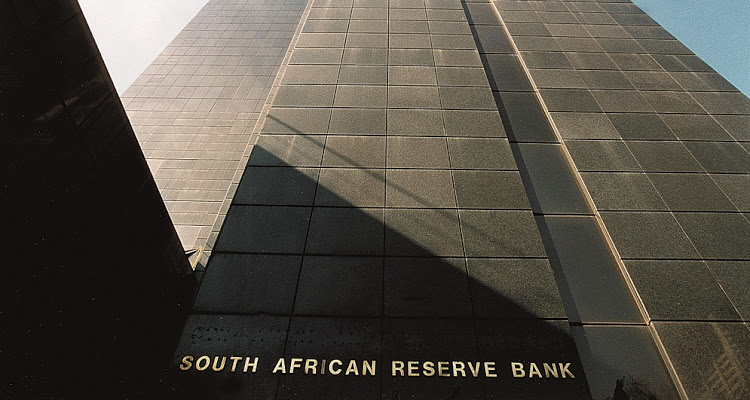Markets Daily: Why Reserve Bank’s forecasts may be too optimistic

This article was first written for and published in the Business Day on 09 October 2020
The SA Reserve Bank monetary policy review released this week showed that the Bank expects the economy to return to 2019 levels only after 2022. But I think the Bank may be too optimistic given the structural constraints to economic growth and uncertainty about the planned fiscal consolidation path by the Treasury.
There are three main reasons why the recovery in SA’s growth to 2019 levels will likely take longer than the Reserve Bank is expecting. Most of the reasons are domestic but there is one that is out of domestic policymakers’ control: the pace of our trading partners’ recovery.
In this respect, the IMF hinted that it will probably revise its global growth forecast for 2020 upwards later this month when it releases its updated forecasts. The multilateral lender cites better-than-expected economic data in the third quarter following a synchronised and unprecedented contraction in the second quarter. This is positive and implies that the recovery will be starting from a shallower base than previously expected.
The IMF expects the global economy to return to 2019 levels in the fourth quarter of 2021. And it warns that premature withdrawal of policy support will probably derail the recovery, something that could happen in some countries, like SA, that have unsustainable debt paths.
Given the domestic constraints, SA’s economic recovery will probably lag behind the global recovery. If the global economy is expected to recover back to 2019 levels only by the end of 2021, other things going well domestically SA’s return to pre-Covid levels will most likely be in 2022. Sadly, the other things are not going well, and they will delay the recovery beyond 2022.
The most pressing issue is the unavailability of energy. Even with an economy deep in recession, with corporates operating at less than full capacity, the Bank’s monetary policy review data showed that this year’s load-shedding has been the worst on record. As the economy recovers, electricity will continue to be a binding constraint on the economy for some time.
Another factor that will be a drag on economic growth is the Treasury’s planned fiscal consolidation. First, Treasury plans to raise new tax revenues to the tune of R40bn over the next three years. Though we have no detail on the types of taxes that will be used, they are not likely to be personal income tax, VAT or corporate income tax. However, a tax increase of any kind will drag economic growth.
Second, the Treasury plans to cut government spending by as much as R390bn in the medium term, inclusive of the R160bn reduction in the public sector wage bill that is meant to reverse the R159bn that came from above-inflation wage settlements since 2006/2007. Combined with tax increases, that is some R430bn in fiscal consolidation over the medium term and will almost fully reverse the R500bn fiscal stimulus package.
Fiscal reform to make the debt sustainable is a necessity. However, as the IMF has warned, withdrawing support to the economy too soon could send the economy back into recession in 2022, even with the global economy continuing to recover.
To enable faster fiscal consolidation as planned by the Treasury, other economic reforms must do the heavy lifting. Every other economic reform must be robustly implemented to boost growth. The medium-term budget policy statement to be tabled on October 21 will provide better direction on the pace of fiscal consolidation. I hope it will be less aggressive than what has been pencilled in so far.
Best regards
Isaah
